Button batteries, often found in electronic devices like remote controls and watches, are a significant health hazard if ingested. These batteries can cause severe chemical burns due to their caustic contents and may lead to medical emergencies such as esophageal or stomach perforation. Symptoms of ingestion include abdominal pain, nausea, vomiting, and a reduced appetite. If button battery ingestion is suspected, immediate medical attention from pediatric emergency-trained healthcare professionals or contact with poison control centers is essential for prompt and effective treatment to prevent long-term health issues like chronic pain and gastrointestinal problems. To minimize risks, it is crucial to dispose of used batteries responsibly, keep them out of children's and pets' reach, and educate the public on safe handling practices. Regularly inspecting devices for loose batteries and ensuring secure storage are key preventative measures.
Button batteries power countless devices, from remote controls to hearing aids, yet their small size poses significant health risks if ingested. This article delves into the symptoms that indicate button battery poisoning, a critical medical emergency. We explore the risks associated with these batteries, how to identify signs of acute chemical burn, and the difference between alkaline and lithium batteries in such incidents. Recognizing immediate medical attention needs is crucial when button battery ingestion occurs, and understanding common symptoms in both children and adults is vital for prompt diagnosis and treatment. We also discuss preventative measures to safeguard against these dangers and address the long-term complications that can arise from exposure. Awareness of these aspects is key to protecting individuals from the hazards posed by button batteries.
- Understanding the Risks of Button Battery Exposure
- Identifying the Signs of Acute Chemical Burn from a Button Battery
- The Role of Alkaline and Lithium Batteries in Poisoning Cases
- Immediate Medical Attention: When to Seek Help for Button Battery Ingestion
- Common Symptoms of Button Battery Ingestion in Children and Adults
- Diagnostic Procedures for Detecting Button Battery Damage
- Preventative Measures to Protect Against Button Battery Poisoning
- Long-Term Complications Following Button Battery Exposure
Understanding the Risks of Button Battery Exposure
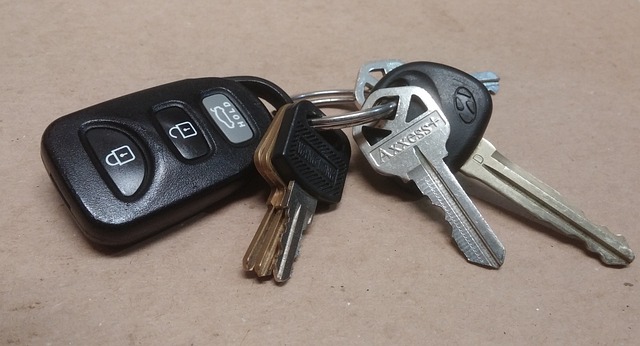
Button batteries, small cells that power an array of household devices from remote controls to hearing aids and watches, pose significant health risks if ingested. These lithium or alkaline buttons can cause severe chemical burns upon contact with moist tissues in the body due to their high electrical potential. Ingestion of a button battery can lead to serious medical emergencies, as the battery can become lodged in the esophagus, stomach, or intestines, initiating an electrochemical reaction that generates significant amounts of caustic alkali. This reaction can cause tissue damage and perforation, potentially necessitating immediate surgical intervention to retrieve the battery and manage the injury. It is crucial for parents, caregivers, and individuals to be aware of the symptoms associated with button battery ingestion, which include abdominal pain, nausea, vomiting, lethargy, and refusal of food or liquids. Recognizing these signs promptly can significantly improve the chances of a favorable outcome. To mitigate this risk, it is advisable to secure loose batteries, dispose of used batteries properly, and keep them out of reach of children and pets. Prompt medical attention is essential once a button battery ingestion is suspected. Understanding the risks and taking proactive measures can prevent tragic outcomes associated with button battery exposure.
Identifying the Signs of Acute Chemical Burn from a Button Battery
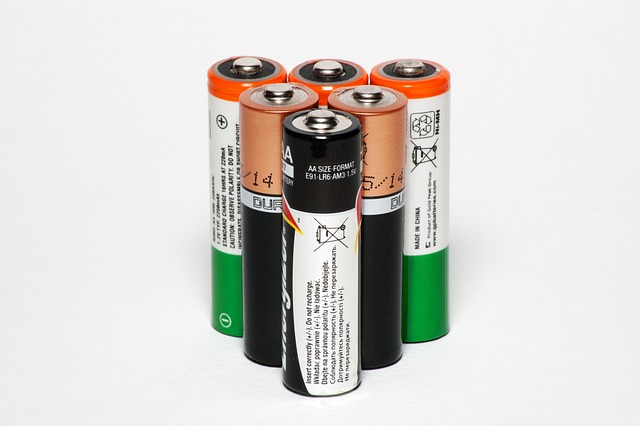
Ingestion or exposure to button batteries can lead to severe acute chemical burns, which require immediate medical attention. The signs and symptoms of such burns typically manifest quickly after ingestion or contact with the skin. Affected individuals may present with localized pain, swelling, or discoloration at the site of contact or ingestion. This is often accompanied by chemical burn indicators, which include blistering, charring, or a caustic odor emanating from the wound. The skin around the battery’s location may appear red and inflamed, progressing to whitening or eschar formation if untreated. It is crucial for healthcare providers to identify these symptoms promptly as button battery burns can penetrate deeply into tissues, potentially causing significant damage or perforation. The severity of the injury can be further assessed by the presence of systemic symptoms such as nausea, vomiting, or abdominal pain if the battery has been ingested. Given the potential for rapid and severe tissue destruction, it is imperative to remove the battery immediately and provide appropriate medical care to prevent long-term complications and ensure the best possible patient outcome. Symptoms should be reported to poison control centers or emergency departments for definitive diagnosis and treatment.
The Role of Alkaline and Lithium Batteries in Poisoning Cases

Button batteries, which include both alkaline and lithium varieties, pose a significant health risk if ingested. These small, coin-like cells are found in an array of household items such as remote controls, watches, and toys. When ingested, alkaline batteries can cause chemical burns due to the caustic substances they contain. The immediate medical attention is crucial as these burns can occur rapidly upon contact with bodily tissues. On the other hand, lithium batteries are also hazardous; their high energy density means that even a small battery can deliver a substantial electrical shock if swallowed. This can lead to tissue damage and perforation of the esophagus or stomach. The symptoms of button battery poisoning may include gastrointestinal distress, vomiting, abdominal pain, and in some cases, no symptoms at all, as the battery may pass through the digestive tract without incident. However, if a button battery is suspected to be ingested, it is imperative to seek medical help promptly to prevent serious complications. The role of these batteries in poisoning cases underscores the importance of proper disposal and awareness of the associated risks to prevent accidental ingestion and mitigate the potential for harm.
Immediate Medical Attention: When to Seek Help for Button Battery Ingestion

If a button battery is ingested, immediate medical attention is crucial. The corrosive alkaline substances within these batteries can cause severe chemical burns to internal tissues, leading to serious complications such as esophageal perforation or gastrointestinal blockage. Symptoms of button battery ingestion can include abdominal pain, vomiting, drooling, lethargy, and a lack of appetite. It is essential to note that these symptoms may not be immediately apparent; thus, if there is even the slightest suspicion of battery ingestion, prompt medical evaluation by a healthcare professional trained in pediatric emergencies or a poison control center should be sought without delay. The timely provision of professional care significantly increases the chances of a positive outcome and can prevent long-term health issues associated with button battery poisoning. Always err on the side of caution when dealing with potential button battery ingestion, as the risks involved are substantial and require urgent medical intervention.
Common Symptoms of Button Battery Ingestion in Children and Adults
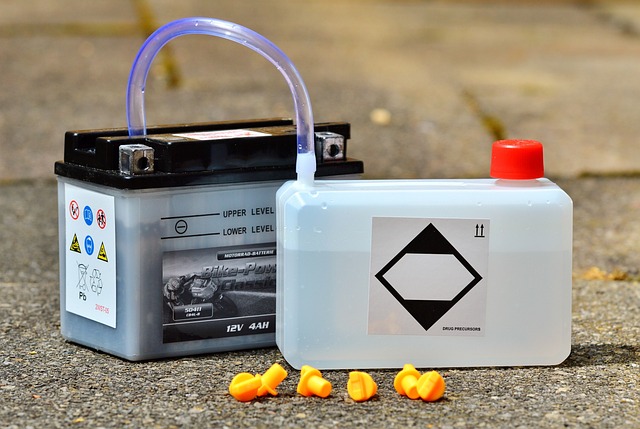
Button batteries, commonly found in household items such as remote controls, watches, and electronic devices, pose a significant health risk if ingested. In both children and adults, button battery ingestion can lead to serious medical emergencies. The symptoms of button battery ingestion typically manifest quickly after swallowing and can include gastrointestinal distress, such as abdominal pain, vomiting, and a sensation of something stuck in the throat. Additionally, these batteries can cause chemical burns as they release an alkaline substance upon contact with bodily fluids, leading to symptoms like blood in the stool or urine, altered mental status, and difficulty swallowing or breathing. It is crucial for individuals who suspect button battery ingestion to seek immediate medical attention. The progression of symptoms can be rapid, and timely intervention is essential for preventing severe complications, including life-threatening injuries to the esophagus, stomach, or intestines. Symptoms such as lethargy, changes in heart rhythm, and decreased consciousness may also arise, signaling a need for urgent medical care to address the potential danger of the ingested button battery.
Diagnostic Procedures for Detecting Button Battery Damage
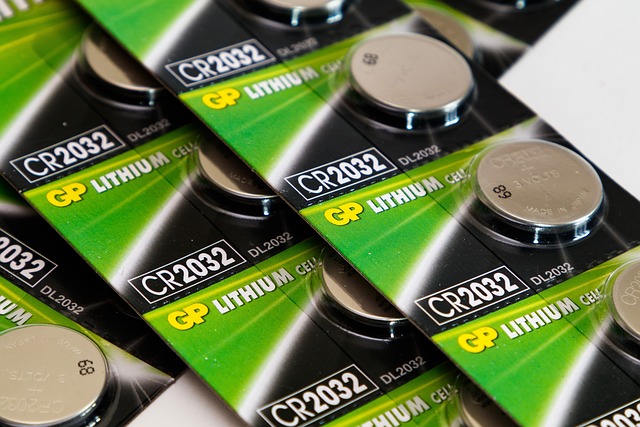
When a person ingests a button battery, immediate medical attention is critical due to the potential for serious damage. Healthcare professionals utilize diagnostic procedures to detect the presence and location of the battery within the body. X-rays are the primary imaging tool employed; they can often identify the button battery based on its unique density and position. The speed at which the x-ray passes through the body can indicate whether the battery has become lodged in tissue, potentially causing an electrical burn or perforating an organ, which necessitates prompt endoscopic retrieval. Symptoms such as abdominal pain, vomiting, lethargy, or changes in bowel habits may accompany the presence of a button battery, and these symptoms should prompt a thorough diagnostic evaluation. Prompt identification and removal of the battery are essential to prevent severe complications and ensure the patient’s recovery. The clinical presentation, combined with radiographic findings, allows for an accurate diagnosis and timely intervention in cases of button battery ingestion.
Preventative Measures to Protect Against Button Battery Poisoning
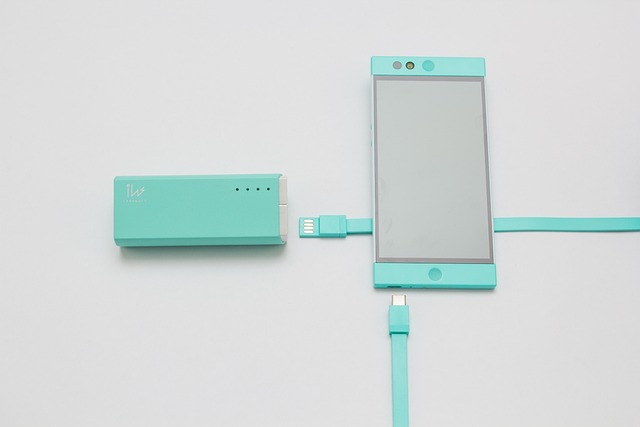
To safeguard against the risks associated with button battery poisoning, it is imperative to implement a series of preventative measures. Firstly, consumers should dispose of used button batteries responsibly, ensuring they are never left within reach of children or pets. These batteries can pose serious health hazards if ingested, as they contain corrosive materials that can cause chemical burns to the esophagus and stomach. Secondly, products containing button batteries should come with clear safety instructions and secure packaging to prevent accidental access. It is also advisable for households to install button battery safety devices in outlets where these batteries are charged or stored, thereby preventing unauthorized removal. Parents and caregivers must be vigilant, regularly checking toys and household items for button batteries that may have been left exposed. Additionally, raising awareness about the dangers of button battery poisoning through educational campaigns can empower individuals to take proactive steps in protecting themselves and their loved ones from potential harm. Regular updates on best practices for handling and disposing of these batteries can also help mitigate the risks associated with their use. By taking these precautions, the likelihood of button battery poisoning incidents can be significantly reduced, ensuring a safer environment for all.
Long-Term Complications Following Button Battery Exposure
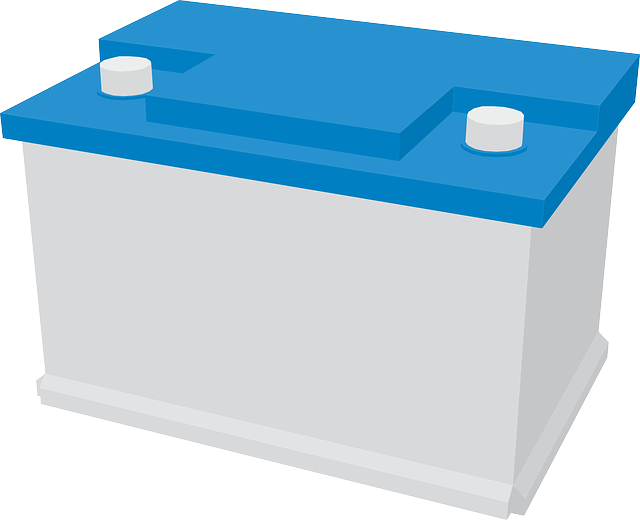
Prolonged exposure to button batteries can lead to serious health complications, particularly if the batteries are ingested or come into contact with bodily tissues. The alkaline caustic substance within these batteries, when leaked, can cause severe chemical burns, which may not be immediately apparent due to the battery’s insulating coating. These burns can affect various parts of the gastrointestinal tract if ingested, leading to damage that might require multiple surgeries over time. The corrosive nature of the substance can also cause perforations in the digestive system, which is a life-threatening condition requiring immediate medical intervention. Moreover, even if the battery passes through without damage, it can cause blockages elsewhere along the gastrointestinal tract days or weeks after ingestion, necessitating endoscopic or surgical removal. The long-term complications from button battery exposure are significant and include chronic pain, ongoing gastrointestinal issues, and in some cases, fistula formation—a connection between two organs or between an organ and the external environment that can lead to continuous fluid leakage and infection. It is imperative for individuals who suspect button battery ingestion to seek immediate medical attention to prevent these potential long-term consequences.
In conclusion, button battery poisoning poses a significant health risk that necessitates immediate recognition and medical response. The presence of these batteries can cause severe chemical burns, which may not be immediately apparent due to their potential to be internally ingested without notice. It is crucial for individuals, particularly those with young children or who frequently handle electronics, to understand the symptoms associated with button battery ingestion and to take preventative measures to safeguard against such exposure. Recognizing the signs early can be life-saving and minimizes long-term complications. Therefore, awareness and vigilance are key in addressing the risks of button battery poisoning. Medical professionals should remain well-informed on the diagnostic procedures necessary to detect button battery damage, ensuring swift and effective treatment for those affected.
